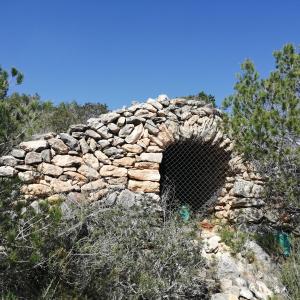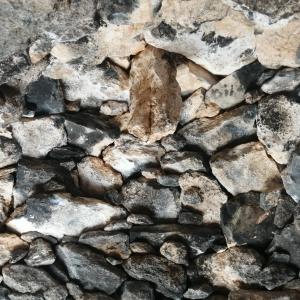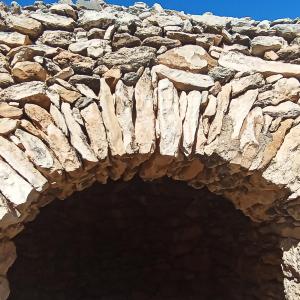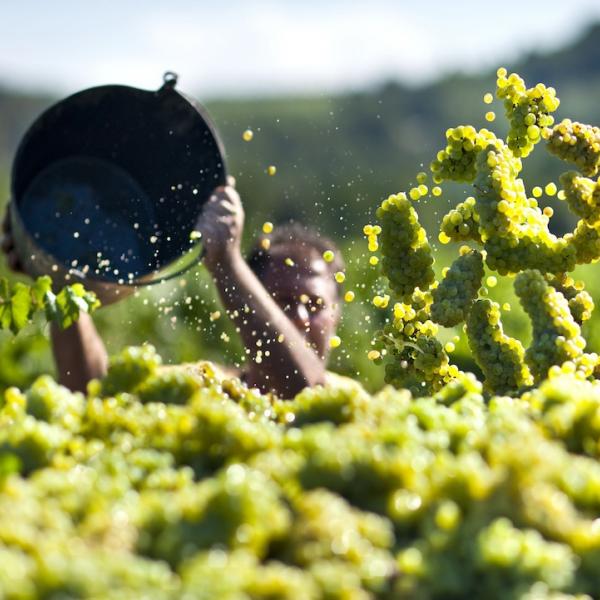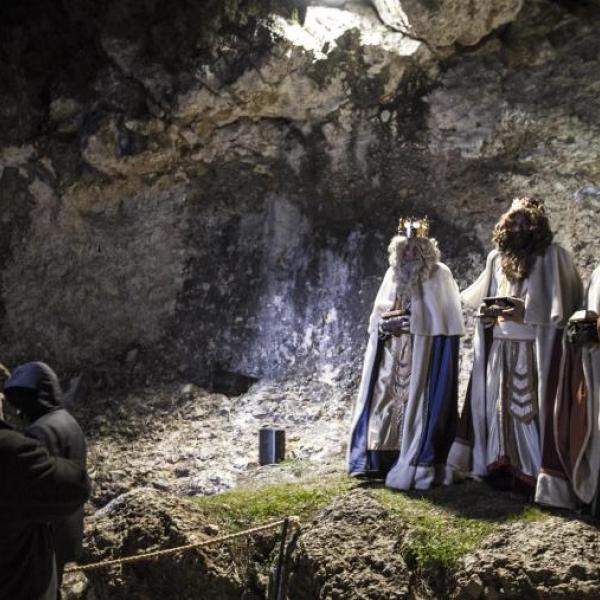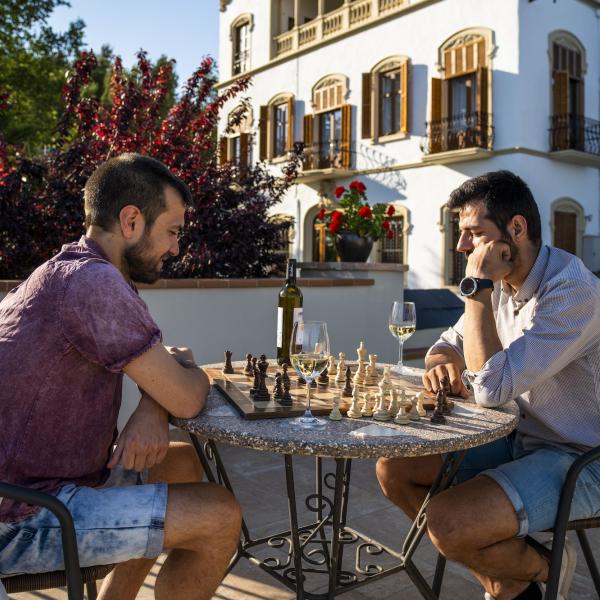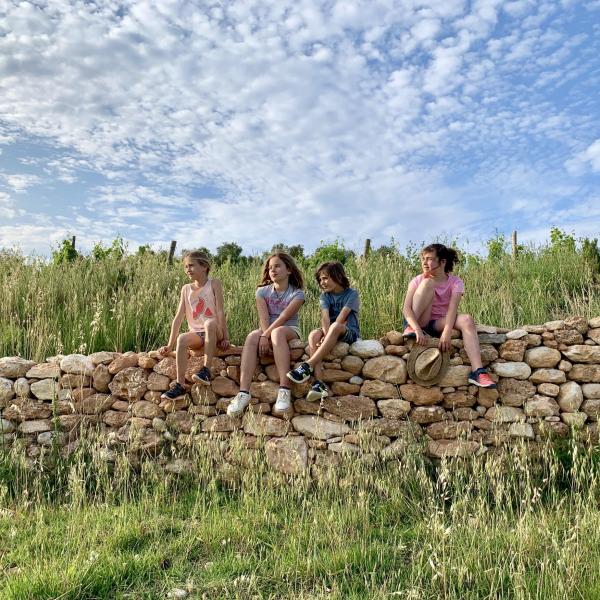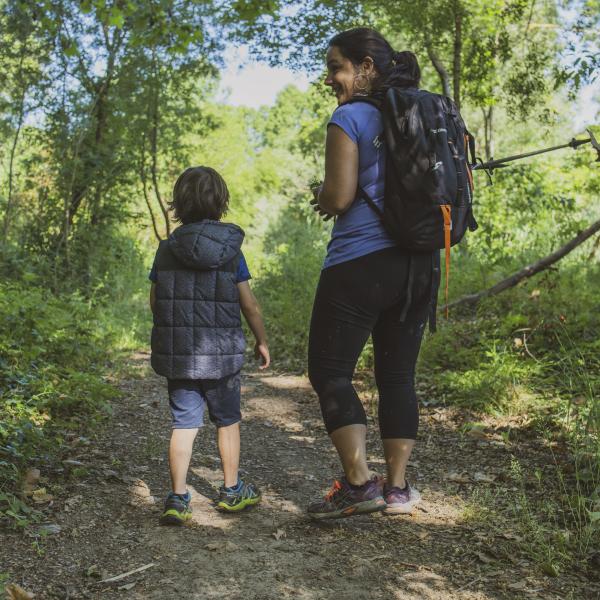Dry stone Route in Sant Vicenç de Calders
Dry stone in El Vendrell
Sant Vicenç Dry Stone Group works to preserve and spread the rich dry stone heritage of its territory. Therefore, thanks to their work, we propose a dry stone route to enjoy the surroundings of El Vendrell.
The dry stone route around the Sebastià Mill in Sant Vicenç de Calders
It is a circular route around the Sebastià Mill, which will allow us to discover and learn about 18 very diverse elements. We will find different types of dry stone huts, cavities in the rock, vineyard cisterns, ditches in the ground, dry stone walls... that will help us understand the lives of the peasants until the beginning of the 20th century. In addition, we will be able to observe and learn about the history of the "Molí del Sebastià", a windmill with a threshing floor and a cattle corral, attached to the property of Àngel Guimerà's cousin.
It is a marked route that can be done freely, but it can also be done with a guide, like the rest of the open routes in the municipality. Moreover, it can be complemented with a visit to the Lliura de Mas Borràs press.
Elements of interest
Cal Patge dry stone hut
Located on the northern slope of the Sierra del Pardo, near the Camino de Roda in Sant Vicenç de Calders. Its size makes it unique: 6 m in diameter and 4.5 m high (interior measurements). Very well-preserved.
Cal Canet dry stone hut
Located in the Plana del Claper, next to the municipalities of Roda de Berà and Bonastre, it is attached to the dry stone wall. A rectangular floor plan with a barrel vault formed by 14 arches. 5.60 m x 2.30 m (interior measurements).
"Male" dry stone hut
Located in the Plana del Claper. The false dome is not closed by a flattone, but by a conic stone that hangs from the ceiling by about 30 cm. Its builder was Aleix Coll Güell, a well-known builder of margins for his work. Circular plan, 3.30 m in diameter and 3.5 m high (interior measurements).
Po Bo dry stone hut
Isolated aerial construction, which is located on Carrer dels Jocs Florals (Coma-ruga). Square plan, false dome, with a semicircular arch of 1.85 m, which allowed the entry of the cart. Its sizes are 3.75 x 3.75 m (interior) and 5.40 x 5.40 m (exterior).
"Cocons"
In the municipality of El Vendrell, this name is given to natural cavities in the rock that farmers used to store water. Normally, small huts were built to protect them, of which the best known are the Cocons de l'Orga (Plana del Claper) or the one in Rabassó (former property of Cal Sebastià).
You can find more information on Sant Vicenç de Calders Dry Stone Group's Instagram, or you can also email pedraseca.santvicenc@gmail.com.




